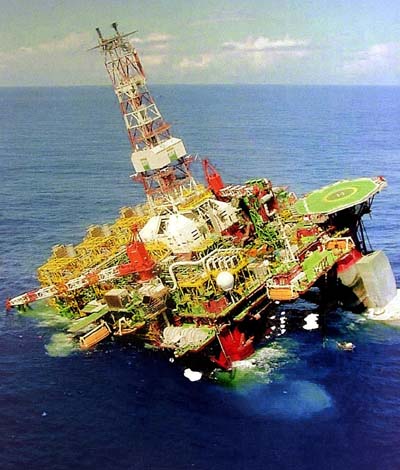
Goodness, it hasn’t taken long for LNG to go from savior to savee. From the AFR:
Royal Dutch Shell’s top executive in Australia, Ann Pickard, says the country’s liquefied natural gas industry could be saved in its fight against soaring costs and increasing international competition by the floating LNG technology being pioneered by her company off the north-west Western Australian coast.
But she has also warned that unless the federal government gets policy settings right, no amount of innovation will make Australia’s next wave of LNG projects seem attractive from an investment point of view.
…She noted that Australian LNG had the highest costs globally and was 20 per cent more expensive to deliver to Japan than LNG from the United States and Canada, which are emerging as competitors in the export market.
…To compete against these countries, Ms Pickard said Australia needed to address its productivity issues and regulatory uncertainty.
This dirge coming from LNG and the AFR is getting really boring. I can’t recall such a singular convulsion of spontaneous blame-shifting. But there is a problem! If you’re going to all use the same excuse at once then you better get the story straight. Last week Santos claimed that there is no arbitrage between US gas and Australian gas delivered to Japan. Now, according to Shell, its 20% cheaper in the US of A.
Perhaps one is addressing unorthodox gas and the other orthodox.
Or perhaps they’re both looking for a scapegoat for their own mismanagement and bubble blowing.

